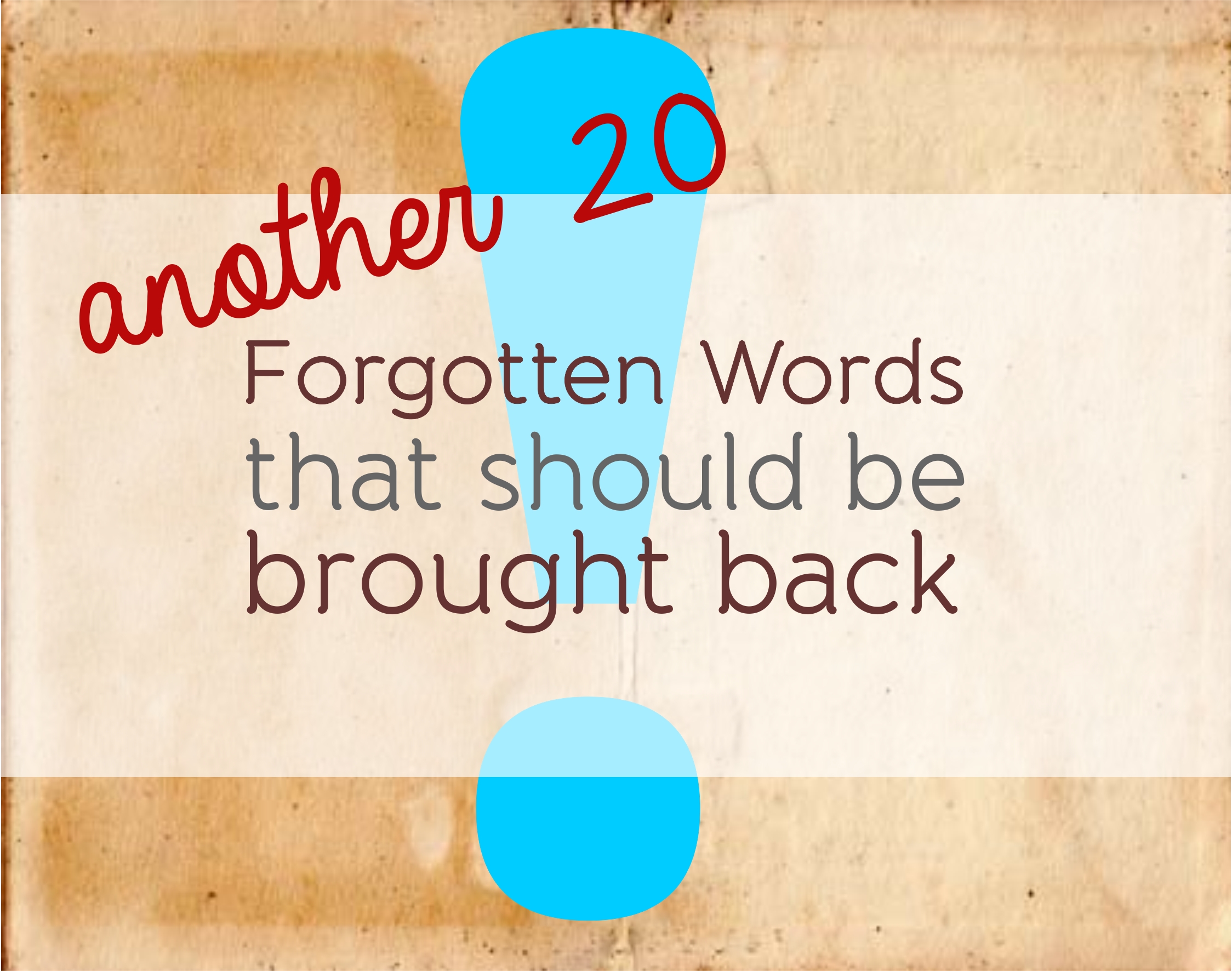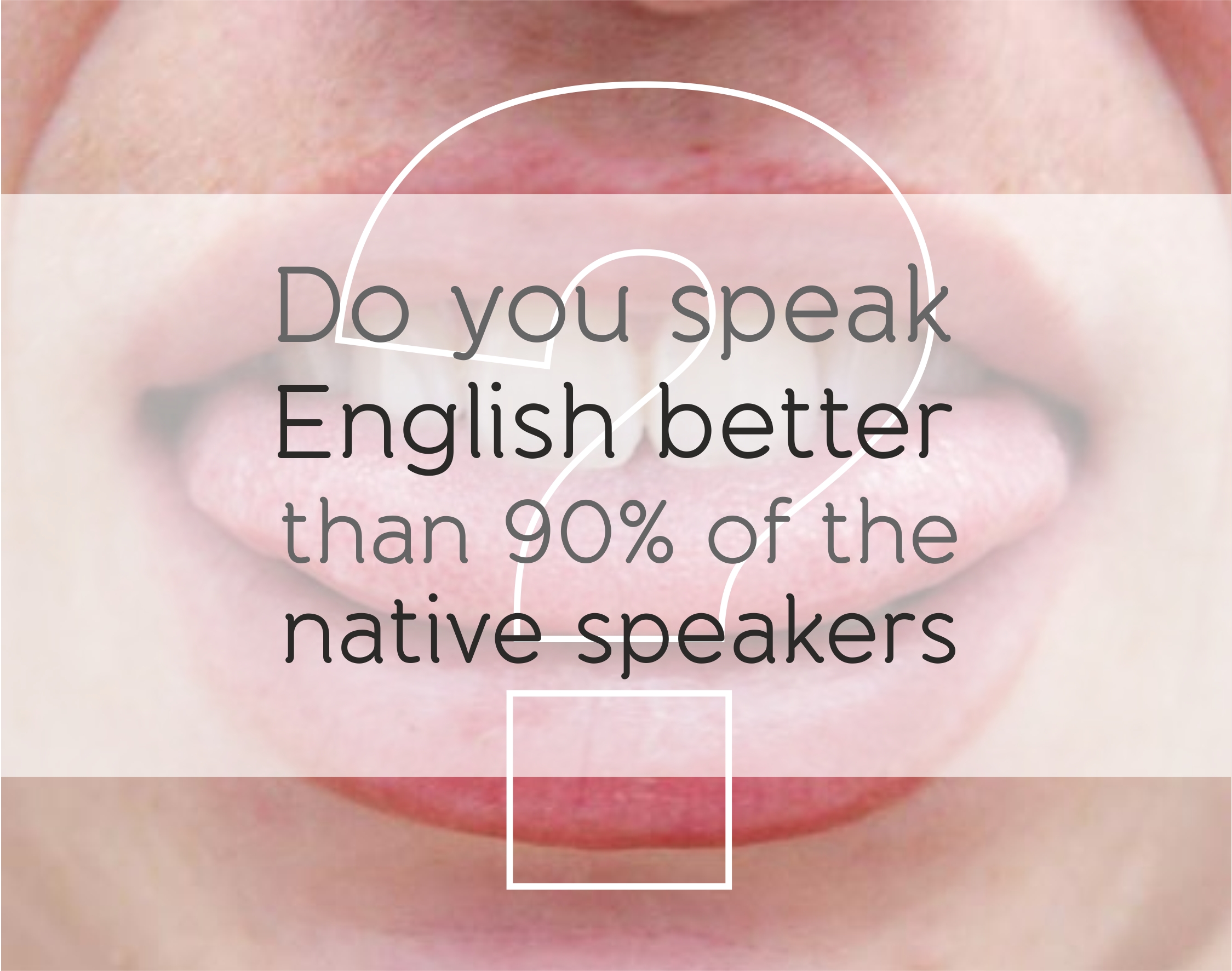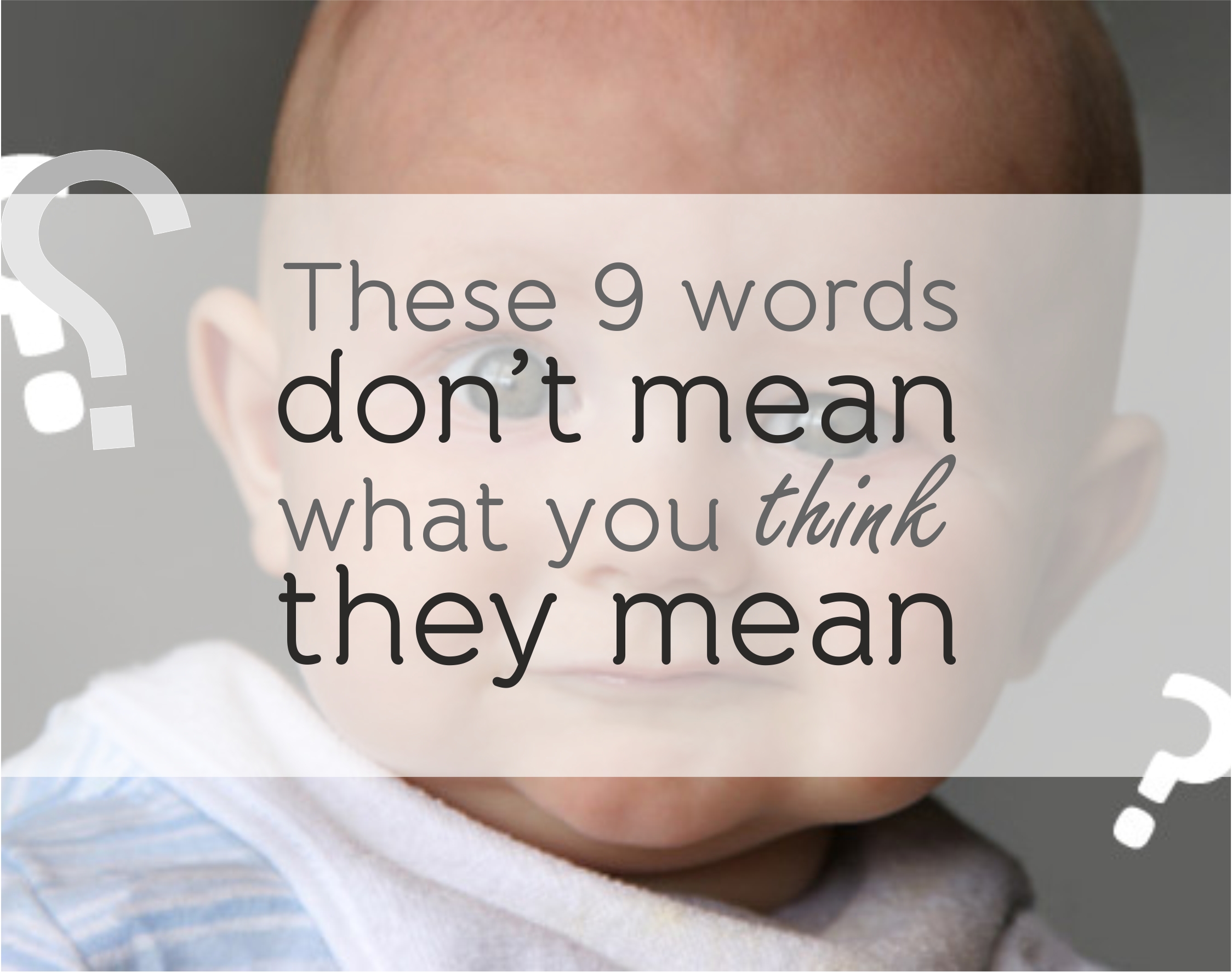Effective communication is “BRIEF”

We send and receive dozens of e-mails and have tens of conversations daily. More often than not one needs to read an e-mail thoroughly several times before understanding the actions needed or despite carefully listening the ramble of someone misses the point of the conversation.
“43% of people who received long-winded emails deleted or ignored them.”
Be more effective in your communication by following the BRIEF rule.
Fast Company have created the following formula for better communicating your information and/or needs:
B (Background): Provide a quick context—what happened beforehand?
R (Reason): Explain why you’re contacting them now— why should they engage?
I (Information): Give two to three pieces of information. What are the three main points or bullets of the topic?
E (End): Decide what do you want to be remembered. Tell the next steps – you will do what OR you expect the other site to do what.
F (Follow-up): Try to predict the questions asked at the end of conversation or (as a reply to the message) and prepare answers in advance.
Read why less is more HERE.

















Some very good tips. Although the last one sounds like bit of a overkill for me. Do you really need to predict all the different replies that can come and prepare for it. Isn’t it better to get the actual reply and then answer it meaningfully. I think it saves more time that way.